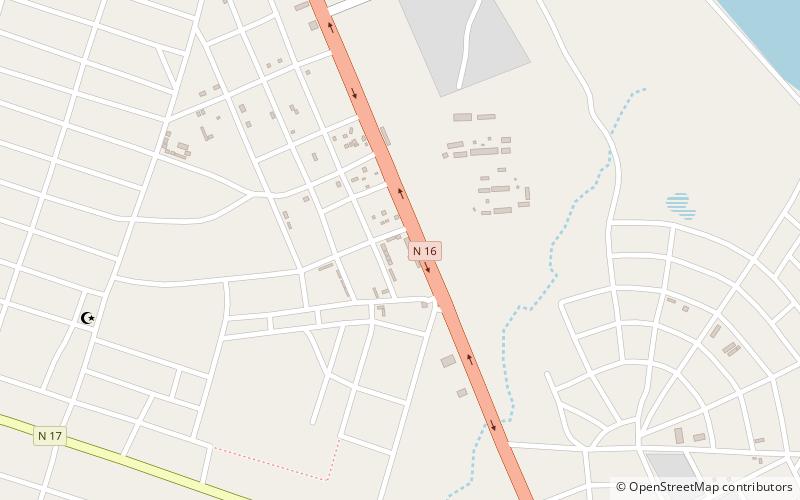Tenkodogo


Facts and practical information
Nestled in the heart of West Africa, Burkina Faso may not be as widely known as some of its continental counterparts, but it is a nation rich in culture and tradition. Among its many cities, Tenkodogo, situated in the Centre-Est region, stands out as a place of historical significance and cultural vibrancy.
Tenkodogo, often referred to as the cradle of the Mossi people, is one of the oldest cities in Burkina Faso. It is the capital of the Boulgou Province and is known for its significant role in the history of the Mossi kingdoms, which have shaped the region's cultural landscape. The city is a testament to the resilience and traditions of the Mossi people, who are the largest ethnic group in Burkina Faso.
Visitors to Tenkodogo can explore the city's rich heritage, which is celebrated through various festivals and ceremonies throughout the year. The Naaba Koom festival, for instance, is an annual event that showcases traditional Mossi music, dance, and regal processions. This festival provides a unique opportunity for tourists to witness the vibrant cultural expressions of the local community.
The city's architecture is characterized by the Sudano-Sahelian style, with its distinctive mud-brick structures that are both functional and aesthetic. The Grand Mosque of Tenkodogo is a prime example of this architectural tradition, serving as a spiritual center for the Muslim community and a point of interest for visitors keen on understanding the religious diversity of the region.
For those interested in the local economy and way of life, Tenkodogo's markets are bustling centers of trade where one can find a variety of goods, from handcrafted items to local produce. These markets not only offer a glimpse into the daily lives of the residents but also provide an opportunity to engage with the warm hospitality that Burkina Faso is known for.
Despite its charm and cultural richness, Tenkodogo, like many other parts of Burkina Faso, faces challenges. The city is working towards development while preserving its unique heritage and improving the livelihoods of its inhabitants.
Centre-Est
